
Vibrant orange and covered in small horns, Kiwano is kinda hard to miss in the grocery aisle. It’s usually found near other exotic fruits like dragonfruit, persimmon, cherimoya, and jackfruit (bonus points for you if you’ve tried all of those!).
After 30 + years growing this refreshing and super healthy fruit, here at Enzed Exotics we know a few things about this gem of a fruit! Including just what to look for when you’re in the grocery store – and what you should do with it when you get home. But before we begin, let’s cover off a few of the very important basics.
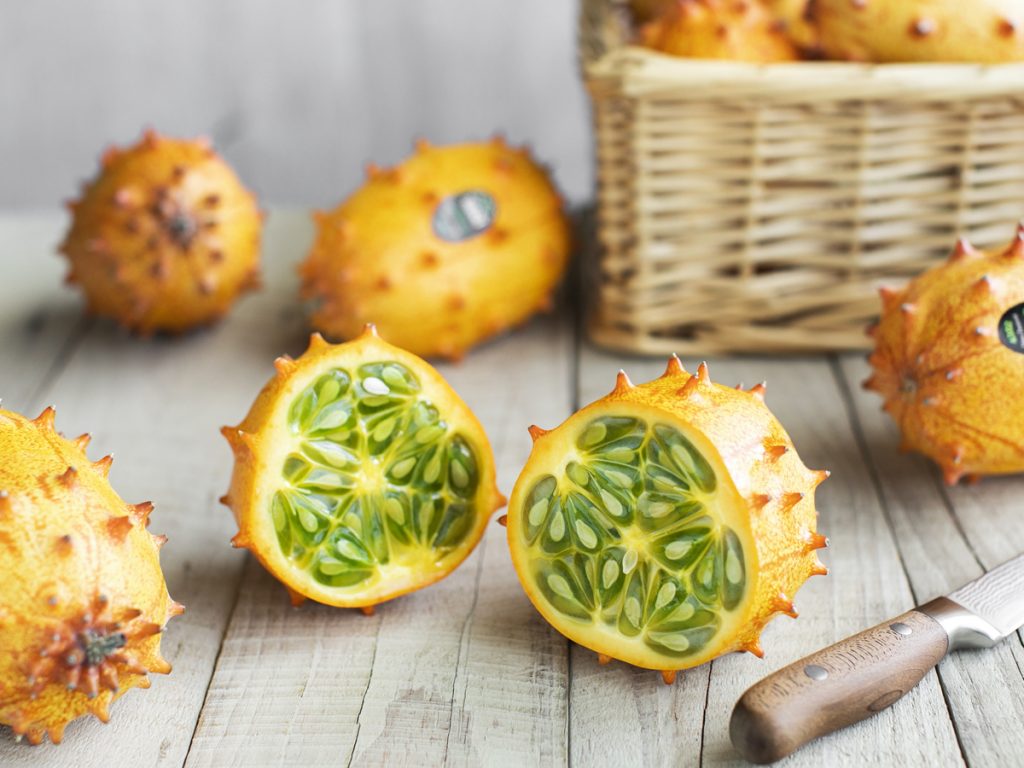
What does a Kiwano taste like?
Inside Kiwano’s vibrant orange skin is a deeply refreshing and healthy bright green pulp – that’s the part you eat (you can slice of the small spikes/horns and eat the skin, it’s perfectly safe but just doesn’t have much flavour). The green pulp’s taste is subtle and clean – the best description we’ve come up with is a mix of just-ripe banana, passionfruit, and lime. Others say they can taste hints of lemon, kiwi, or even green grapes. The pulp has the consistency of a light jello – made up of hundreds of tiny slim white seeds encased in green jelly globules.
Where does it come from?
We grow our Kiwano with a lot of love and care in the healthy soils and clean air of the Bay of Plenty of New Zealand. It’s a region renowned as a food basket – dairy, avocados, kiwifruit and manuka honey all thrive here. Kiwano is native to Africa but today is mainly grown commercially in Europe, the US, and New Zealand.
How does it grow?
Kiwano grows along the ground on a vine, like a watermelon. It needs a warm, mild climate and just the right amount of rain. Seedling plants are placed in the ground in the spring. Then, a few weeks later tiny green Kiwano begin to appear. The fruit grow to full size and sun ripen to orange, ready for harvest over the summer months.
Is Kiwano good for me?
You bet! Kiwano is very low in the natural sugars found in fruit (only lime and lemon are lower) and low in calories overall. It’s a source of magnesium and potassium, both essential minerals for optimum health and energy. It’s also a source of dietary fibre, the feelgood hero we all need enough of to ensure a regular and healthy bowel. Check out our nutrition page for more on the benefits packed into this little orange fruit.
What should I be looking for when I’m shopping?
A perfectly ripe Kiwano should be golden all over (a few small green patches are ok but ideally the whole fruit is a deep orange/yellow), the orange skin shiny and plump (i.e., it shouldn’t be sunken anywhere).
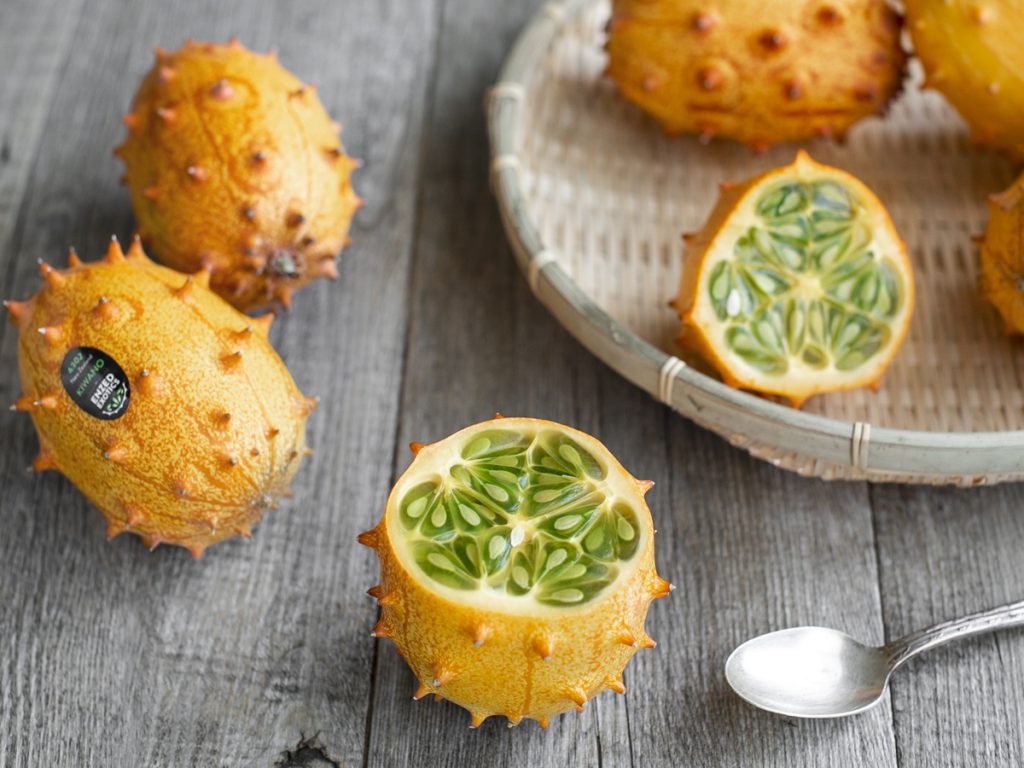
How to store Kiwano
Stored correctly, Kiwano has an amazing shelf life – you could expect it to last up to six weeks, even more! However, to get the best out of your Kiwano one place it should not be is the refrigerator. Kiwano should not be chilled – the cold starts to degrade the fruit. It’s best kept at an ambient room temperature with air flow around it (so your fruit bowl is the perfect place).

How to prepare
Take a sharp knife and hold the Kiwano gently between the spikes, slicing in half through the middle or lengthways. Gently loosen the pulp away from the skin by inserting a knife or a spoon several times.
There are now two easy ways to get the pulp out of the skin. Using a spoon, scoop out the green pulp into a bowl. Or we find the quickest way is to hold the Kiwano carefully with both hands and squeeze out the pulp into a bowl.
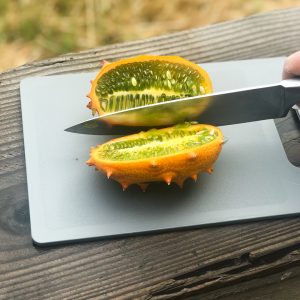
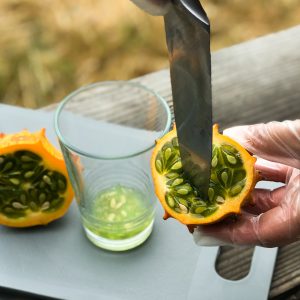
What can I do with it?
Now comes the part you’ve been waiting for! Kiwano is an incredibly versatile fruit and works well in savoury dishes (like salsas, salads or with sashimi) as it does in smoothies, juices, breakfast bowls and desserts.
Did somebody mention cocktails? Of course, you can also simply eat it fresh as a super-healthy and filling snack (we rate it as a way to rehydrate and top up those lost minerals after a workout).
Here’s just a few options:
- In smoothies and juices
- Over ice cream or Greek yogurt
- Mix through fruit salad
- In fresh salsa, raita, and guacamole
- Create cocktails and mocktails
- Dollop on seafood or grilled chicken
- As a healthy taco topping
- Add to salads
- In an exotic breakfast bowl
- Make infused water or as a flavour for iced tea or kombucha
For inspiration, head on over to our Recipes page or check out our blog 20 amazing ways to eat Kiwano. Or visit our Instagram page where we highlight some of the most delicious Kiwano dishes to be found on the gram.
We hope we’ve answered a few of your Kiwano questions…the only thing left to do is pick one up next time you’re shopping!


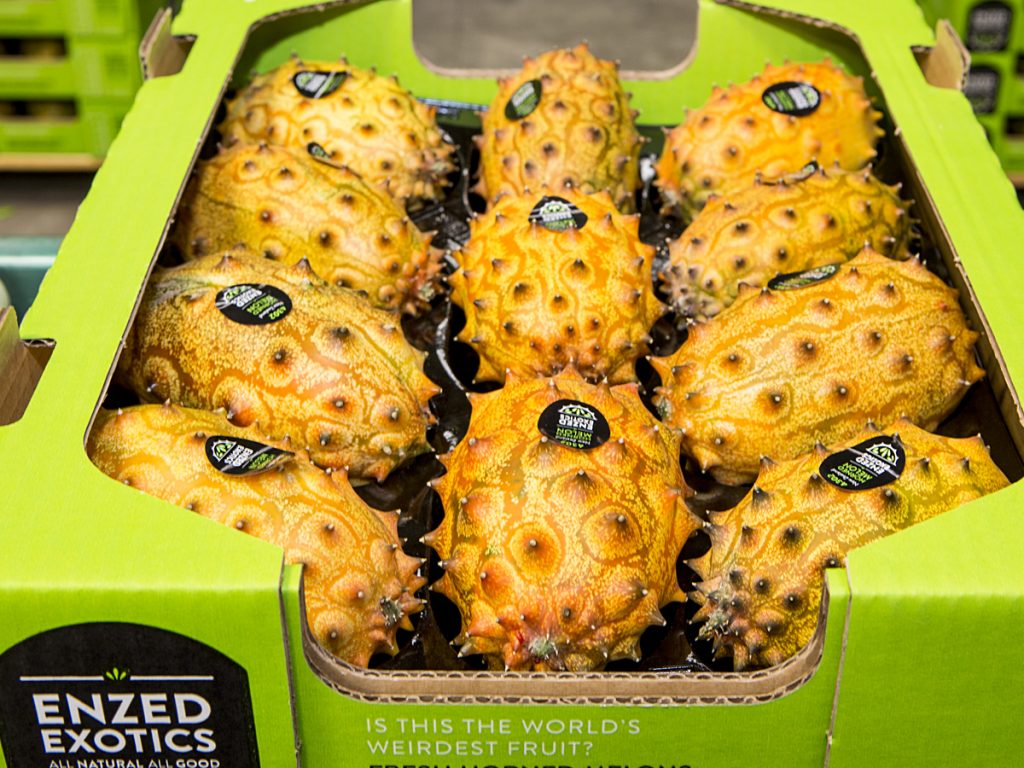
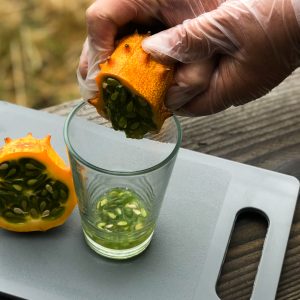


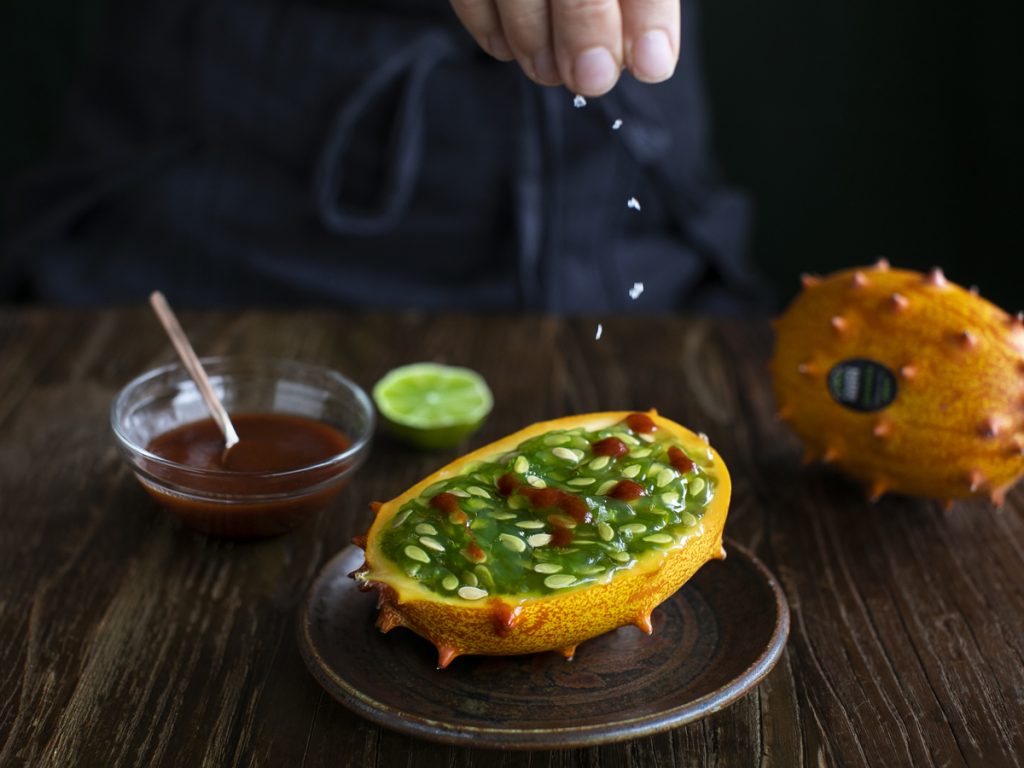

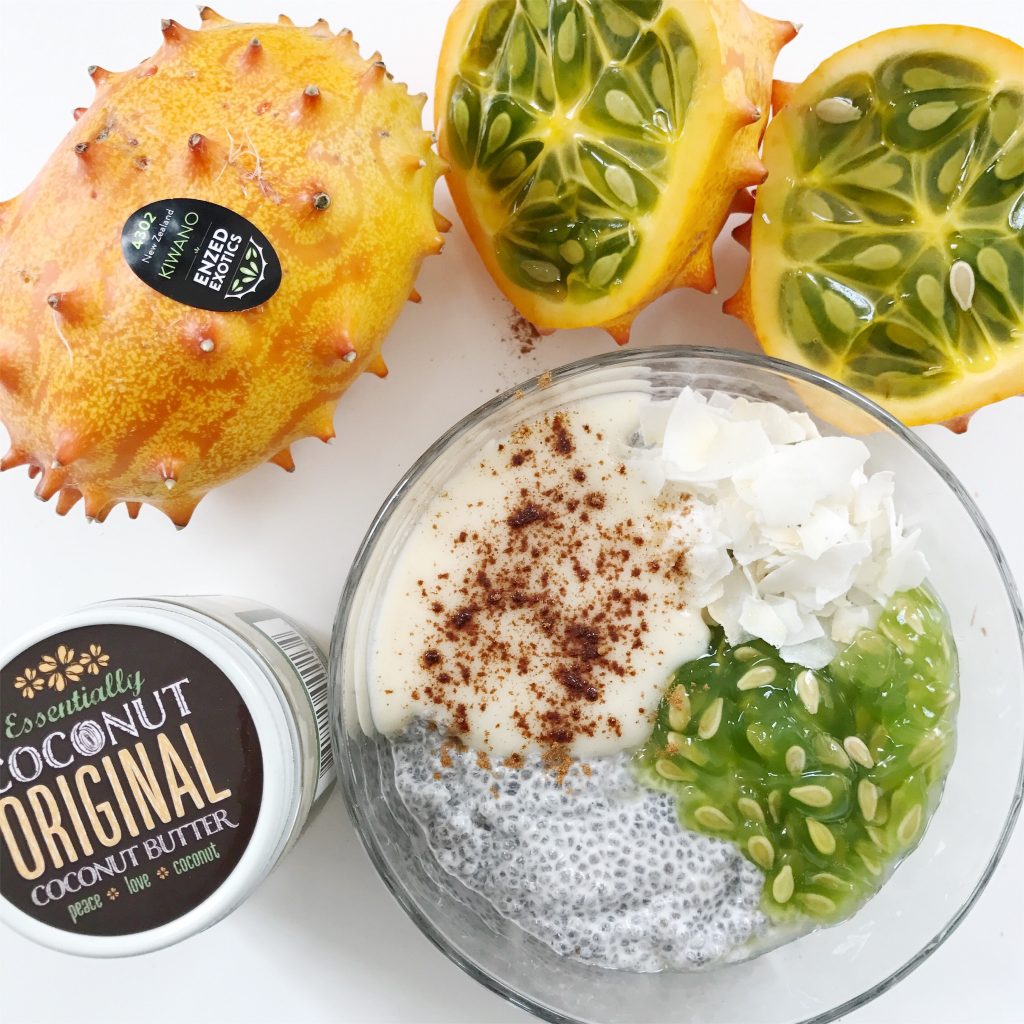
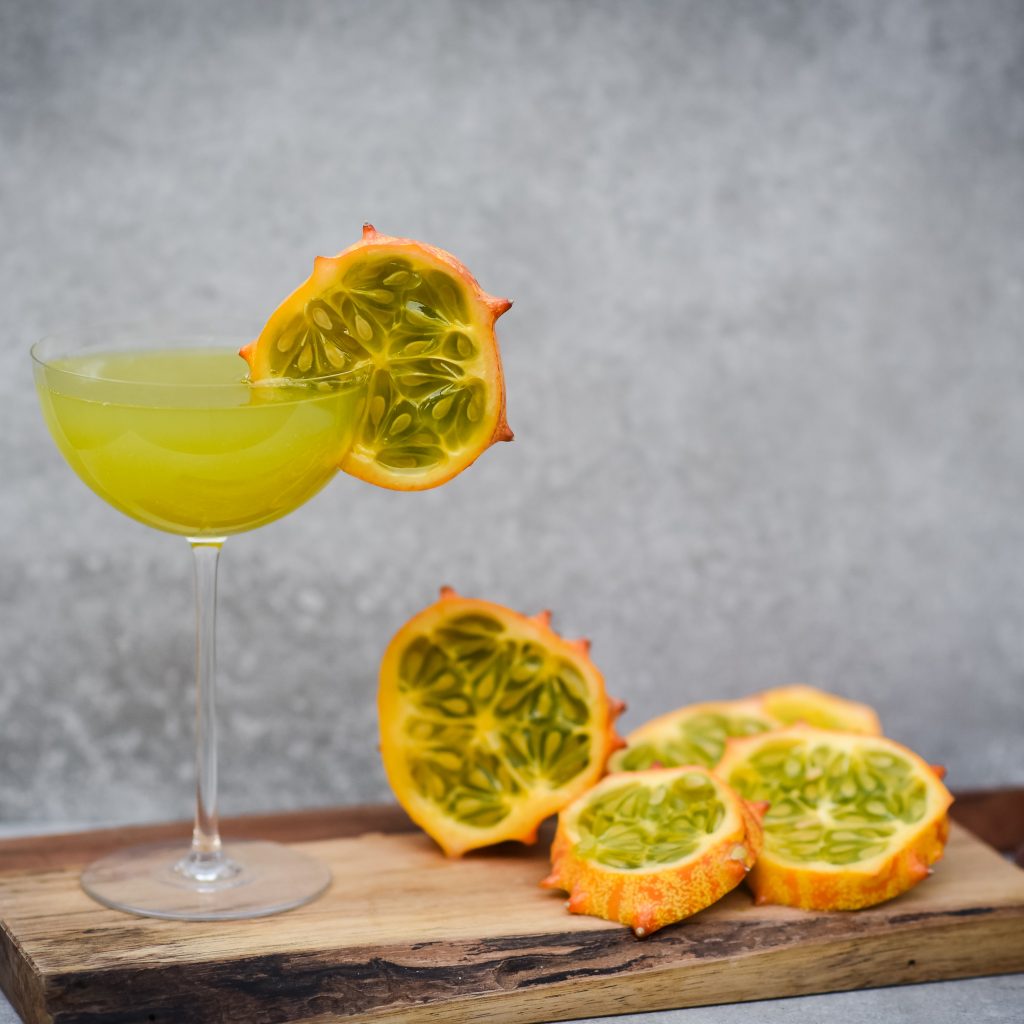



FRANCOISE8074 says:
Thank you!!1
DOCKERY6555 says:
Thank you!!1